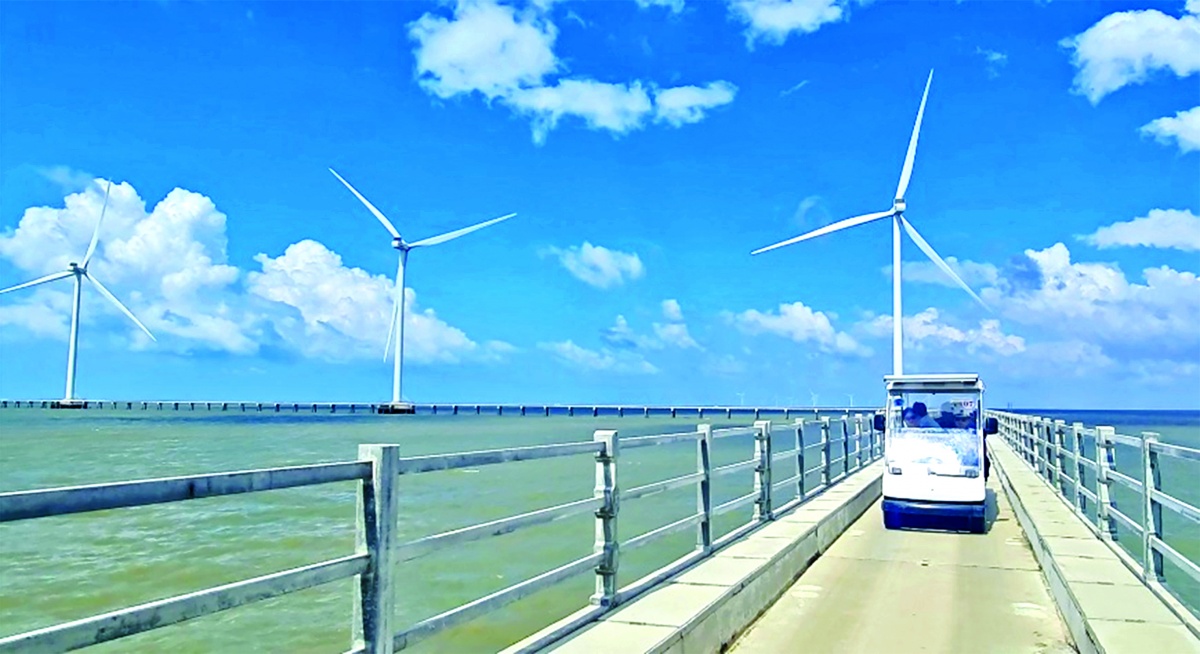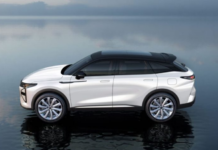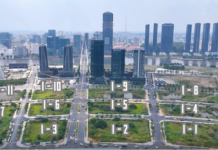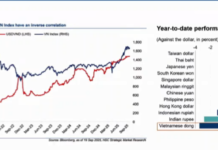National Bank Proposal for Green Energy
At the 2025 Annual Oil and Energy Forum, several economic experts proposed solutions to enhance financial mobilization and meet the long-term capital requirements of renewable energy projects. Among them was a notable suggestion by PGS.TS Ngo Tri Long, former Director of the Institute for Market Price Research under the Ministry of Finance, regarding the establishment of a specialized energy bank, dubbed the National Energy Bank (NEB).
Specifically, Mr. Long argued that the creation of NEB would enable Vietnam to better harness long-term sustainable investment capital for renewable energy projects.
This institution would focus on providing medium and long-term credit (15-25 years) for renewable energy, energy storage, green hydrogen, and offshore wind power projects, among others. NEB would raise capital through green financial instruments, issuing green bonds, and attracting funds from the international market at preferential interest rates. The state would participate by sharing risks through the Energy Investment Risk Guarantee Fund, while PVN would provide technical guarantees, project evaluation support, and technology transfer.
Mr. Long believes that similar models to NEB have been successfully implemented in other countries, such as the KfW Reconstruction Loan Corporation in Germany, the Green Bank in the UK, and the IIF financial institution in Indonesia. Therefore, Vietnam can definitely explore piloting this model as a green financial instrument to support the energy transition.
In fact, the proposal to establish a green investment bank in Vietnam is not novel. In recent years, with the rapid green transition, many economic experts have suggested establishing financial institutions in the form of investment funds or adopting the GIB (Green Investment Bank) model to enhance capital mobilization for the green economy, which requires investments totaling millions of billions of VND in the long term.
A research team from the State Bank of Vietnam (SBV) once proposed the establishment of a GIB based on the experiences of the UK Green Investment Bank and the Connecticut Green Bank in the US. This would involve setting up a dedicated financial institution using public capital to attract private investment into low-carbon infrastructure and green sectors such as water management and waste treatment.

By the beginning of 2025, nearly 60 credit institutions had provided green credit with outstanding loans of over VND 704.2 billion. (A corner of the offshore wind power project in Ca Mau)
Comprehensive Consideration of Significant Risks is Necessary
According to several experts, a model like GIB or NEB, if established based on thorough research on organizational structure, capital sources, financial governance, risk guarantees, and policies, could serve as an extremely effective financial institution for concentrating long-term green capital and reducing risks associated with renewable energy projects and low-carbon infrastructure.
Considering the prerequisites, Vietnam has begun developing a national green criteria framework (Green Taxonomy). Over the years, many commercial banks have established green criteria for providing financial support. However, the absence of a comprehensive and unified green taxonomy across agencies is currently hindering the growth of green credit and capital attraction in general.
Regarding the involvement of commercial banks as collaborative entities, Dr. Chau Dinh Linh from the University of Banking in Ho Chi Minh City believes that banks like BIDV, Vietcombank, Agribank, and MB possess the requisite capabilities thanks to their experience in operating green products and international networks. They can become equal capital contributors and recapitalization investors if the GIB or NEB model is established.
Nevertheless, to establish a specialized bank for the energy sector at the national level, the roles of the government and the Ministry of Finance need to be more concrete, especially in terms of roadmaps and plans for establishing the Energy Investment Risk Guarantee Fund and promoting the improvement of long-term power purchase agreements (PPAs) with guarantees. Currently, Vietnam lacks a dedicated risk guarantee fund for green energy projects. Moreover, since the beginning of 2025, EVN’s suspension or reduction of payments for renewable energy projects under the FiT mechanism has raised concerns about contract security among international investors.
“Vingroup Expands Horizons: Unveils New Focus on Green Energy and Infrastructure”
On August 11, 2025, Vingroup Joint Stock Company (HOSE: VIC) celebrated its 32nd anniversary by announcing a strategic expansion into two new pillars: Infrastructure and Green Energy. This move underscores Vingroup’s unwavering commitment to serving the people and propelling the private sector as a new driving force for Vietnam’s development.
The Power of Solar: Unlocking the Potential for VinFast and Battery Factories
The system is projected to generate approximately 50 million kWh of electricity annually, which is the equivalent of offsetting over 33,000 tons of CO2 emissions each year. This significant reduction in carbon emissions showcases a strong commitment to environmental sustainability and a cleaner, greener future.










































